Beyond collectibles: How NFTs are revamping the ticketing industry
The concept of nonfungible tokens (NFT) came into existence in 2015, and it first got some traction in 2017 when many prominent digital collectibles such as CryptoPunks and EtherRock were created.
NFTs got early traction among premier sports clubs but burst into mainstream popularity after digital artist Beeple’s artwork was sold as an NFT for over $69 million. The Beeple event caught the attention of the world and proved to be a breakout movement for the NFT ecosystem.
Today, most of the mainstream household brands, premium sports and clothing brands, celebrities, sports stars and influencers have got involved in the NFT frenzy. While many believed the hype and frenzy around the market would become the cause of its downfall, the NFT ecosystem has seen a rapid expansion beyond the digital collectible market.
Gaming is another key industry that NFTs have impacted quite significantly, with play-to-earn (P2E) and integrated NFT rewards becoming all the rage in 2021. Games such as Axie Infinity have become a source of livelihood for many in Vietnam, and market experts have predicted that within 10 years, the majority of the video games will have turned to P2E models.
While digital collectibles and the gaming industry have become two of the most well-known use cases of NFTs, there are several other industries where the use of nonfungible tokens is on the rise. In one prominent example, the ticketing industry is eyeing an overhaul by integrating NFTs.
Recent: Georgia crypto mining’s potential: What’s driving growth in the industry?
While the ticketing market has become digital enough over the course of the past few years, aided by the pandemic, it’s highly centralized, which helps in the growth of secondary and underground
Read more on cointelegraph.com




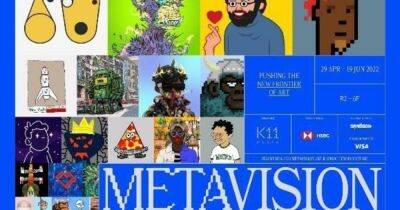


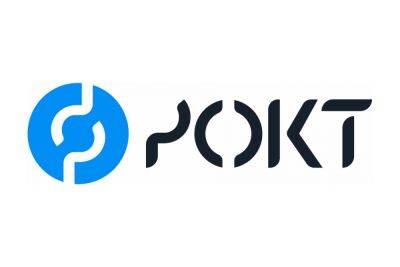
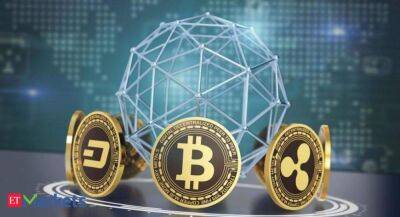


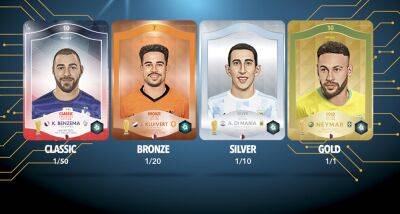


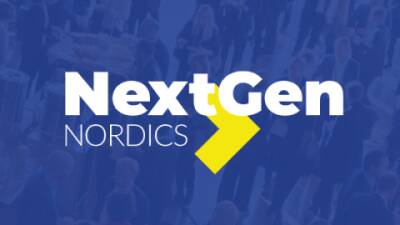






![Axie Infinity [AXS] slipped beneath $43, here are the next targets - ambcrypto.com](https://finance-news.co/storage/thumbs_400/img/2022/4/28/23413_0ekr.jpg)
